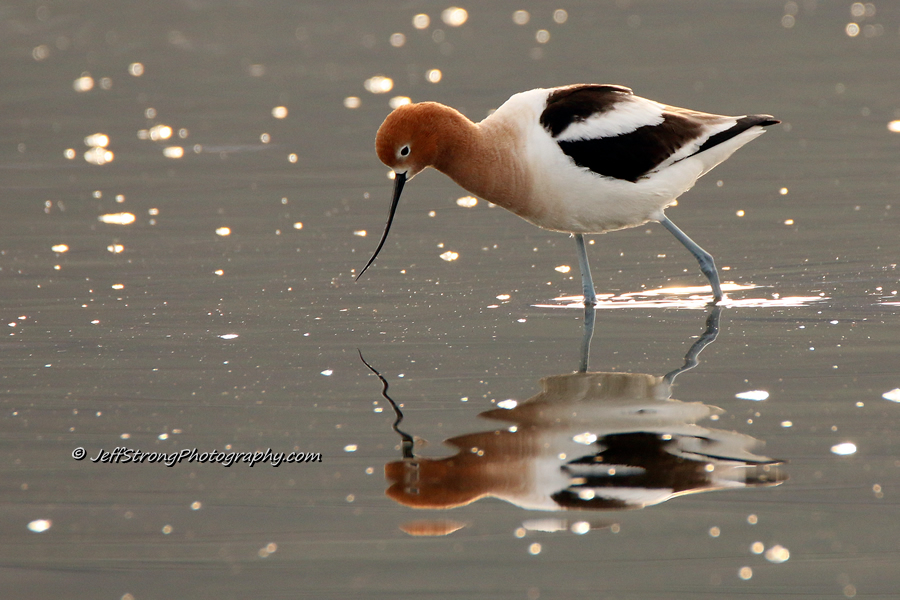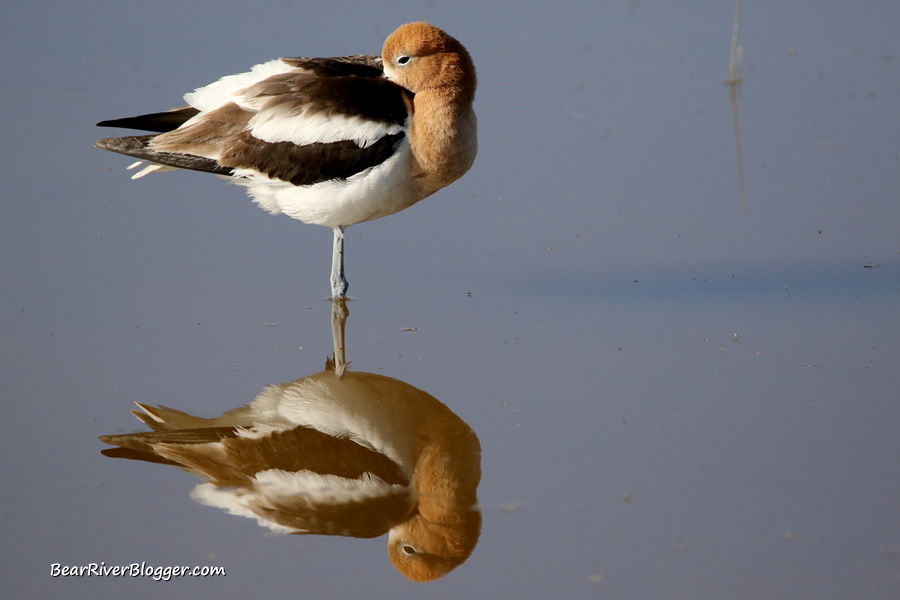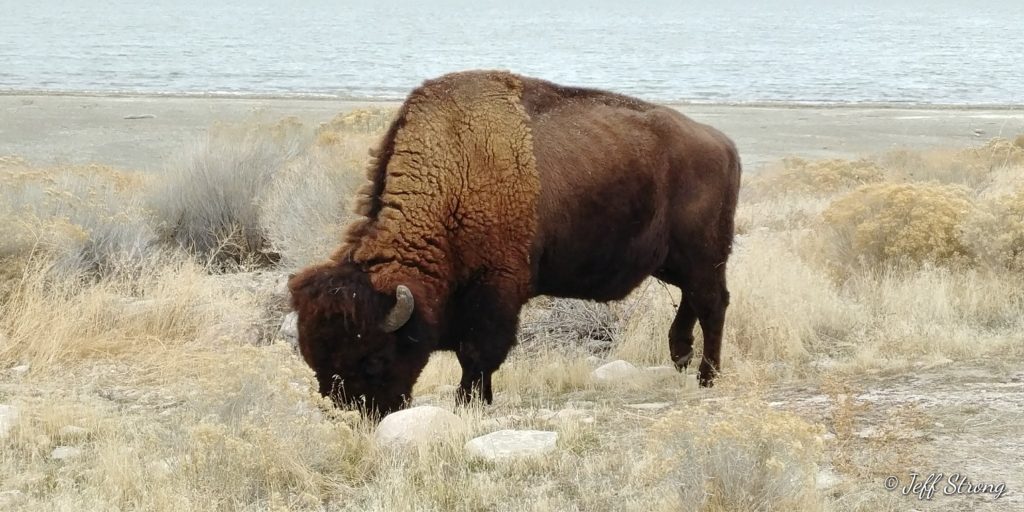Bird migration is, for sure, one of the great wonders of nature.
Each year during the spring and fall seasons, millions and millions of birds worldwide start to migrate between their summer breeding grounds and their winter roosting areas.
Utah, particularly the Great Salt Lake ecosystem, is no stranger to millions of these migrating birds coming through the state each year.
In fact, the Great Salt Lake is part of the Western Hemisphere Shorebird Reserve Network where estimated peak counts of nearly 1.4 million shorebirds alone are known to use the Great Salt Lake as breeding and staging areas.
One such shorebird that both breeds in, as well as migrates through, Utah and the Great Salt Lake in great numbers is the American avocet.
Currently, it’s mid-September and thousands of migrating American avocets are staging on the salty mudflats of the Great Salt Lake near the Antelope Island causeway.
It is certainly a magnificent spectacle to behold during the fall season for the avid bird watcher or nature lover by any measure.

Large flocks of avocets can be seen all over the nearby lake bed, feeding and loafing in the shallow waters to the south of the causeway heading to Antelope Island State Park.
As many as 250,000 American avocets have been said to stage on the Great Sale Lake for a term as they rest and feed for another leg of their long journey southward for the winter.
But there is more to the Great Salt Lake ecosystem than just a few weeks of the year hosting large flocks of migrating shorebirds.
Many of these migratory bird species, particularly the American avocet, come to the Great Salt Lake wetlands to breed for the summer.
This includes all the marshes from the far southern tip of the lake to the wetlands of the Bear River Migratory Bird Refuge to the north, thousand and thousands of acres of wetland habitat that attracts the American avocet for the breeding season.

According to documents from the Bear River Migratory Bird Refuge, as much as 14% of the continental breeding population of American avocets are found to breed in the wetlands of the Great Salt Lake, including the Bear River Bird Refuge which lists the avocet as their number 1 priority species.
After the breeding season is over, the American avocet molts into its winter plumage, a more drab grey and black version of their creamy-brown summer attire.
Once molted, avocets begin to amass on the open-water shores of the Great Salt Lake to get ready for the long flight southward to a warmer winter climate.
The American avocets congregate on the Great Salt Lake in large flocks to feed up for the long journey south, eating as many small water-born crustaceans and insects as they can before something triggers the beginning of their flight southward.
It is quite a sight to behold, thousands and thousands of American avocets in large flocks flying low, back and forth, up and down the shoreline, in search of food and a place to roost for the night.

Bird watchers and casual onlookers can view the flocks of American avocets from the edge of the Antelope Island Causeway with the naked eye, but due to the receding lake, a much better view is had with a spotting scope or a pair of binoculars.
A $ 15 day fee per vehicle, collected at the toll booth, is required to access Antelope Island State Park and the causeway.
It entitles the visitor access to enjoy not only the thousands of migrating birds on the Great Salt Lake causeway this time of year but all of the attractions and wildlife found on both the lake and the island as well.
Yearly Utah State Park passes are also available at the toll booth for $115, allowing access to not only Antelope Island but all of Utah’s state parks.
Soon the migrating American avocets will be gone for the winter, only to return again when spring has once more been officially marked on the calendar.
Follow Bear River Blogger by visiting our subscription page and sign up for email notifications for future blog posts.



